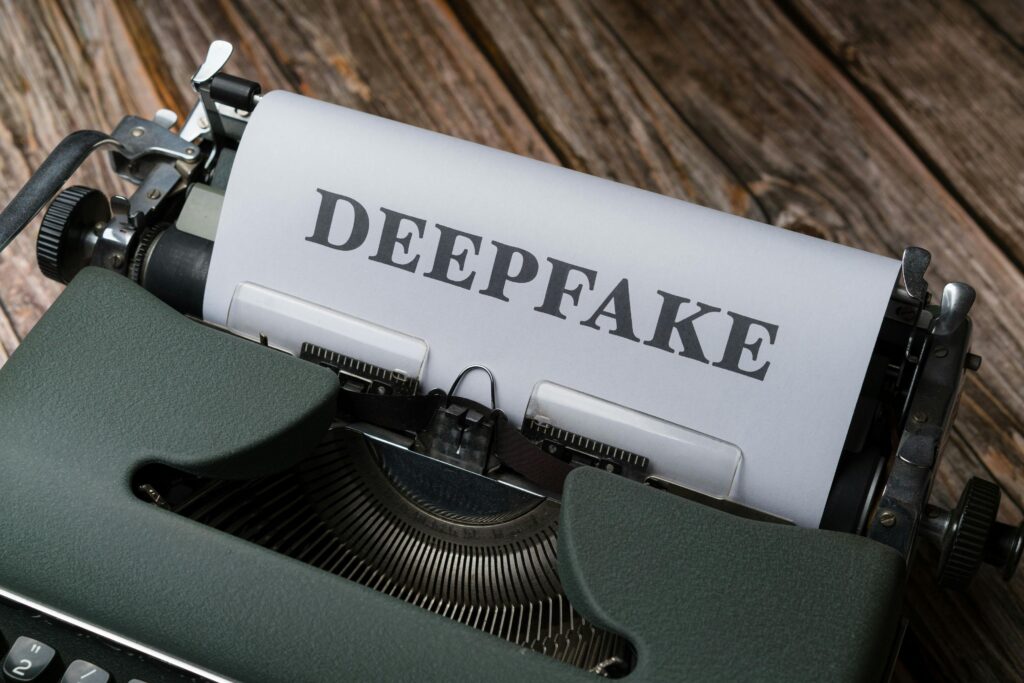Have you ever encountered a video featuring your favorite celebrity saying something outrageous? Only to later discover it was entirely fabricated? Or perhaps you’ve received an urgent email seemingly from your boss, yet something felt off. Welcome to the realm of deepfakes. This rapidly evolving technology, powered by artificial intelligence (AI), creates synthetic media, often in the form of videos or audio recordings, that can appear authentic but are actually manipulated and can affect the cybersecurity.
People utilize deepfakes for various creative purposes, such as satire or entertainment. However, their potential for misuse is a growing concern. Deepfakes have infiltrated political campaigns; for instance, in 2024, a fake robocall imitated a candidate’s voice in an attempt to deceive people into believing they made statements they never did.
Malicious actors can exploit deepfakes to disseminate misinformation, tarnish reputations, and even manipulate financial markets. They are also deployed in phishing attacks. Recognizing and discerning different types of deepfakes is essential in today’s digital landscape.

So, what are the various forms of deepfakes, and how can you identify them?
Face-Swapping Deepfakes
This common type involves seamlessly placing one person’s face onto another’s body in a video. Deepfakes can be highly convincing with top-notch footage and advanced AI.
To detect them:
- Check for inconsistencies: Watch for unnatural lighting, skin tones, and facial expressions throughout the video.
- Verify the source: Be cautious with videos from unknown or less reputable sources.
- Listen closely: Pay attention to the authenticity of the voice, matching it with the person’s usual speech patterns.
Deepfake Audio
This variant entails generating synthetic voice recordings that mimic specific speech patterns and intonations. Scammers leverage these to fabricate audio messages and attribute statements to individuals falsely.
Here’s how to identify them:
- Focus on audio quality: Deepfake audio may sound slightly robotic or unnatural, especially when compared to genuine recordings of the same individual. Pay attention to unusual pauses, inconsistent pronunciation, or odd emphasis.
- Compare content: Does the content align with what the person would typically say or the context in which it’s presented? Consider whether the content seems out of character or contradicts established facts.
- Seek verification: Is there independent evidence supporting the claims made in the audio? If not, approach it with skepticism.
Deepfake Videos with Object Manipulation
This category extends beyond faces and voices, using AI to manipulate objects within real video footage, altering their appearance or behavior. Malicious actors may employ this technique to fabricate events or manipulate visual evidence.
Here’s how to recognize them:
- Observe physics and movement: Pay attention to how objects move in the video. Do their motions seem natural and consistent with the laws of physics? Look for unnatural movement patterns, sudden changes in object size, or inconsistencies in lighting and shadows.
- Seek original footage: Whenever possible, locate the original source of the video footage to compare it with manipulated versions and identify alterations.
Remaining vigilant and applying critical thinking are paramount in the era of deepfakes.
Familiarize yourself with the various types, learn to recognize potential red flags, and verify information from reliable sources. These actions will enhance your awareness and security.
Get a Device Security Checkup
Criminals exploit deepfakes for phishing schemes. Simply clicking on one could result in a virus download. A device security checkup offers peace of mind. We’ll examine your device for potential threats and remove them.
Contact 911 Pc Help today for more information or assistance. Visit our website for further support.

